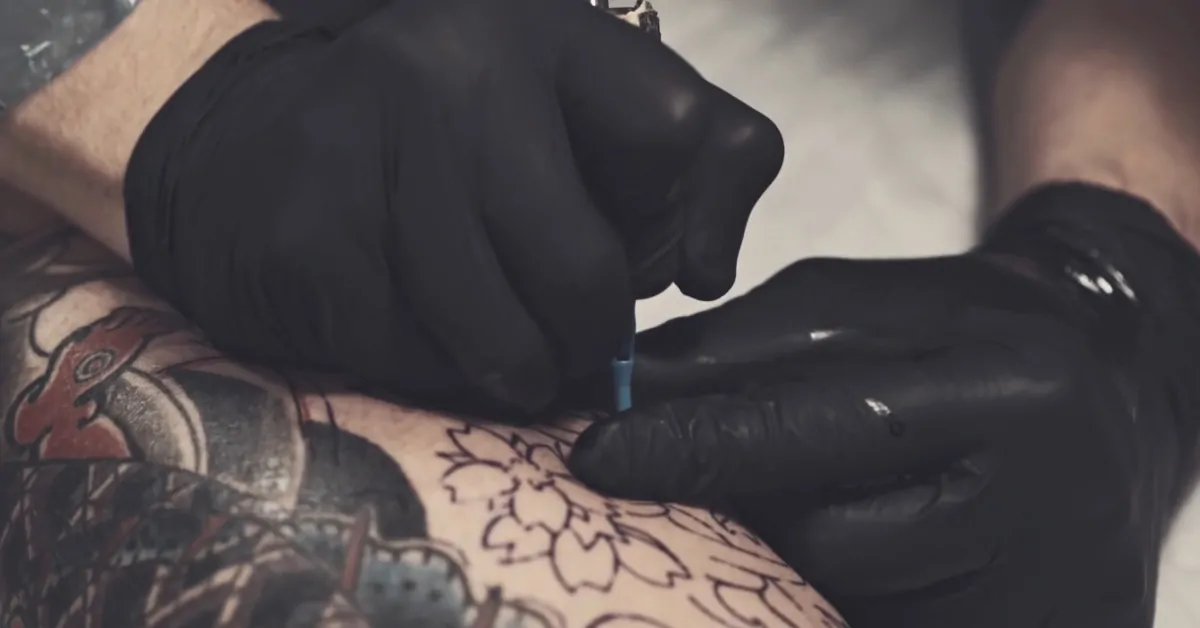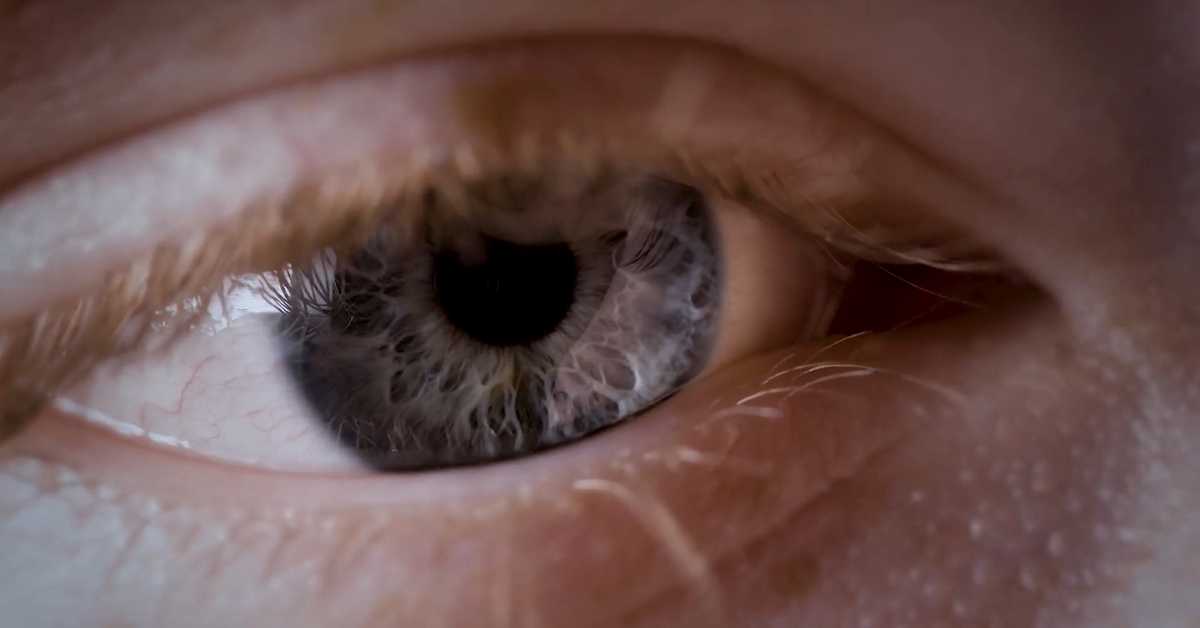People feel strongly about them, whether as art, identity, rebellion, culture, or simple personal style.
So when a new Swedish study landed on my desk suggesting that tattooed individuals show a 29% higher risk of melanoma, I knew immediately that this story would be different.
Not because it is sensational, but because it tugs at a growing intersection where lifestyle, biology, self-expression, and epidemiology clash in ways we still barely understand.
And after reading the comprehensive research, digging into comparable studies, and speaking with several dermatologists, my takeaway is this.
The relationship between tattoos and skin cancer is not settled, but it is serious enough to warrant attention.
The science is neither conclusive nor dismissive, just unsettlingly incomplete.
Table of Contents
ToggleThe Study: What Researchers Actually Found

The new research, led by epidemiologist Christel Nielsen of Lund University, examined whether tattooed individuals are more likely to develop dangerous forms of skin cancer.
Instead of following thousands of people for decades, which would be expensive and nearly impossible, they used a case-control design.
They pulled national records from Sweden, where high-quality cancer and population registries allow unusually precise comparisons. The team identified:
- 2,880 melanoma patients
- 2,821 squamous cell carcinoma patients
- Matched them with non-cancer controls of similar age and sex
- Surveyed everyone about tattoo presence, type, location, size, and tattoo age
More than 11,800 people responded, making this one of the largest tattoo-health studies anywhere.
Their central finding was simple but significant:
People with tattoos had a 29 percent higher risk of melanoma, but no increased risk of squamous cell carcinoma.
This distinction matters. Both cancers can be caused by UV radiation, but melanoma is far deadlier and develops from different cells.
The Numbers at a Glance
To put the study’s risk patterns into a clearer framework:
| Factor Examined | Melanoma Risk | Squamous Cell Carcinoma Risk | Notes |
| Presence of Tattoos | ↑ 29% | No change | Main overall finding |
| Tattoo Size | No clear link | No change | Unexpected result according to researchers |
| Tattoo Age (10+ years) | Possibly higher | No change | Needs more data; sample smaller |
| Number of Tattoos | Not clearly linked | Not linked | Confounding factors likely |
| Lifestyle Controls (UV exposure, tanning beds, smoking, income) | Adjusted for | Adjusted for | Strengthens validity |
The risk bump is real, but the cause remains uncertain.
Why This Result Is So Hard to Interpret
As a journalist, I have learned that science rarely gives us clean answers, especially when lifestyle factors are involved. Tattoos are no exception.
Here are the major scientific uncertainties researchers still face:
1. Tattoo Ink Does Not Stay in the Skin
A surprising fact I first learned years ago while covering a forensic science conference is that tattoo ink migrates into the lymphatic system.
Ink particles can lodge in lymph nodes, sometimes for life, prompting chronic low-grade inflammation. Scientists do not yet know whether this inflammation is harmless, helpful, or harmful over the decades.
2. Tattoo Ink Chemistry Is Complex
Tattoo pigments are messy mixtures. Many inks contain:
- Polycyclic aromatic hydrocarbons
- Heavy metals
- Industrial pigments are not originally designed for human injection
Some compounds degrade under sunlight or during laser removal into carcinogenic by-products. Regulation varies wildly between countries, and ingredients change frequently.
3. Behavior Might Be the Real Driver

There is a long-standing psychological theory in epidemiology: The type of people who get tattoos may have lifestyle patterns that influence cancer risk.
For example:
- Tattooed individuals may spend more time outdoors
- Or may have more intermittent high-intensity sun exposure (vacation sunburns)
- Or may have more tanning bed use in their younger years
The Swedish researchers attempted to control for these factors, but no statistical adjustment is perfect.
Interestingly, a recent U.S. study hinted that people with large tattoos might have lower melanoma risk, possibly because they avoid tanning to protect their body art.
That study, however, did not adjust for skin type or UV exposure, making its findings shaky.
Why Melanoma Rises but Squamous Cell Carcinoma Does Not
Dermatologists I spoke with offered a few possible reasons for this discrepancy:
- Melanoma originates from pigment-producing cells, which might interact differently with tattoo pigments.
- Tattoo ink nanoparticles could theoretically influence melanocyte behavior.
- Squamous cell carcinoma is driven by cumulative sun damage, while melanoma can be triggered by more complex cellular disruptions.
- Tattoo locations (often covered by clothing) may alter exposure patterns.
It is a reminder that “skin cancer” is not one disease but a family of diseases with different triggers.
The Most Surprising Finding: Tattoo Size Didn’t Matter
Intuitively, a full-back tattoo should pose more risk than a tiny wrist design, more ink, more chemistry, more tissue interaction.
Yet the study found no clear correlation.
Researchers suggested two possibilities:
- Ink migration means the size at the surface may not reflect total body exposure.
- Self-reporting errors: people often overestimate tattoo coverage.
Future studies using imaging or dermatological scanning could provide better answers.
Closing Thoughts
More Tattoos, Lessened Risk of Melanoma? New Study Investigates via @ASCOPost https://t.co/S0Am28YTnS
— Melanoma Research (@MelanomaReAlli) September 25, 2025
When I first read the headline, “Tattooed People Have 29% Higher Melanoma Risk”, I instinctively expected an oversimplified panic piece. But the deeper I went into the data, the more nuanced the story became.
Recent breakthroughs in cancer treatment also remind me how vital it is to map every risk factor with precision before progress can take shape.
Tattoo ink chemistry genuinely concerns me. Regulators are often several steps behind manufacturers, and the long-term effects of pigment accumulation in lymph nodes are barely studied.
On the other hand, most tattooed people I know (and readers I’ve spoken with over the years) are highly conscious of UV protection. Many are more consistent about sunscreen than the average person.
My newsroom instinct tells me this:
We are at the beginning of understanding this relationship, not the end.
The Swedish data raises questions, not alarms, but they are questions science urgently needs to answer.
Related Posts:
- 10 Highest-IQ States in the US for 2025 - What the…
- Can the Brain Truly Recover from Addiction? Here’s…
- Pittsburgh Population in 2025 - 8 Surprising Statistics
- 7 Surprising Health Rankings for Florida in 2025
- Rising Dementia Risk and Its Burden on the United…
- Mental Health Trends Among Veterans – PTSD and…







